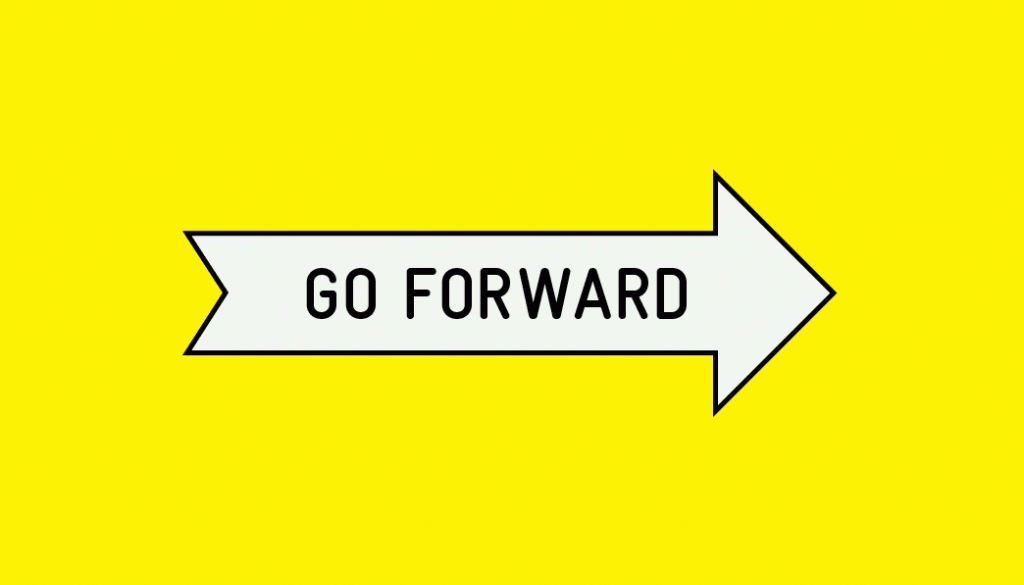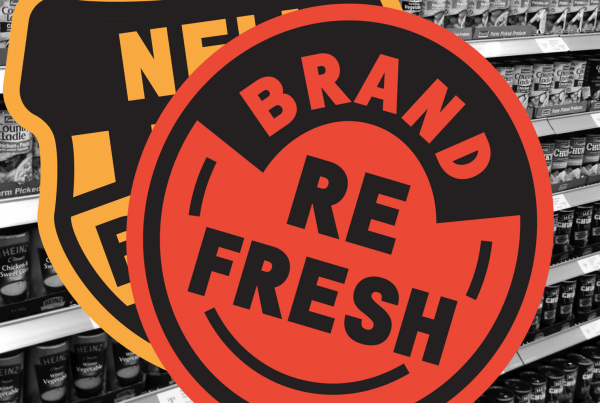Why do some great brands get bypassed, while less-worthy ones snaffle all the attention? It’s called perception, and it’s what goes right after you’ve built a solid platform for your brand.
How often do we grab one cereal brand in the supermarket aisle, ignoring a near-identical one? Or find that a car brand is on everyone’s wish-list one decade and forgotten the next – even if the quality is no different? And why do some great products get bypassed, while less-worthy ones snaffle all the attention?
It’s called perception, and it’s what goes right after you’ve built a solid platform for your brand.
That platform starts deep below the surface – way, waaaay deeper than the logo, brand colour, tagline or anything else – and extends to every interaction with the brand. You know your product or service has a solid brand platform when it’s viewed as authentic, with a story that customers feel they’re part of, and a recognisable emotion felt every time they interact.
This platform should be an important part of your brand strategy – the roadmap of tactics your business uses to address its ongoing challenges and ambitions.
No two brand platforms should be alike
Why does all this matter? Because no matter the sector you’re in, chances are you’re competing against a sea of equally valid competitors. And you’re all pitching to the same highly informed, highly connected customers. These people can describe a brand in a single adjective – ‘the bogan one/the old-school one/the posh one’ – and know exactly how they’ll feel after engaging with it.
What’s worse, to paraphrase someone cleverer than me, none of them woke up this morning wanting to hear from your brand.
Get too earnest, and you’ll bore them away – all your competitors are also claiming to be innovative, dynamic, passionate, sustainable, results-driven and at least 20 other clichés.
Overload on information – your certifications, track records, technology and a great team – and you’re just as dull. A bit like telling a first date what colour carpet you want for the house, after you both get married.
That’s because the decision to buy is more subconscious and emotional than it is logical. Old-school advertisers know this, a recent Harvard survey reaffirmed it, and you’re going to work on this now, by exploring the emotional triggers you can build into your brand platform.
We suggest allocating at least four hours for this work. Two hours to get the broad strokes in place with your team; another hour to test it among your closest stakeholders; and an hour at the end to refine everything.
-
How your brand is different
Let’s start at the beginning with brand differentiation (sometimes also termed brand position, unique selling proposition, brand promise and other things). Say you are an online grocer. Are you the gourmet’s choice (Pop Up Grocer)? Perhaps you’re about healthy and organic foods (Doorstep Organics)? Or your focus is on unpackaged items (The Source Bulk Foods)?
Your brand promise should be narrowed to a one-line statement like each of these have, even if you do offer items outside this definition. This article on Entrepreneur.com gives a good simple tool for those working out the differentiation part themselves.
-
What’s your reason for being
This can also be called brand purpose, mission, vision or the ‘why’ of your brand (via Simon Sinek). Again, different strategists work with different models because not all of them fit all tasks.
The brand purpose should be like an uplifting call to arms. It will remind not only customers but your whole team why they get out of bed each day and commit to this brand.
It also serves as a yardstick that will help you make important business decisions under pressure. Should you add that product line, agree to that collab, expand in that area, or upskill your people in a particular area? Go back to your reason for being, and you’ll have the answer.
The brand purpose statement should be short, as in five words or so. If you’re not sure your brand purpose is concise enough, read this great article on Inc.com explaining how to simplify your language for effectiveness.
-
What fundamental values drive your behaviour
Supporting your brand’s reason for being is a meaningful set of brand values. Can you imagine the vibrant suite of Atlassian products, without the company’s bold commitment to shaking up corporate tech? Or the cheery wink of MailChimp’s mascot, Freddie, if they weren’t first promising to be friendly and down-to-earth?
Brand values are predominantly an internal piece of work that help to keep teams focused. So don’t go publishing them on your website – they’re your own personal compass.
For example, continuing our online grocer example, having a value such as ‘Be pure’ would prevent the team from adding ultra-processed foods to your catalogue. This would dilute your authenticity and impact on customer loyalty.
If articulated well, your brand values probably won’t change over time unless the business sells or its entire philosophy changes. However, you might want to periodically revisit how well your products and services live up to those values, and whether customers agree.
-
Who your customers are
This is about understanding the psychology, lives and interests of your target market, not just their demographics. You’re not just aiming at, say, all professionals aged over 35. You’re targeting urban 35- to 45-year-olds who work full-time, watch The Chaser and value ethical farming practices. You can see how that narrower segmentation will inspire much clearer messaging.
How many customer segments should you have? That depends on how big your business is. Our rule of thumb is to only have as many as you can recall in a conversation. Speak with these people regularly. Capture their feedback at every opportunity – social media, post-purchase surveys, targeted offers – to make sure they remain your biggest fans.
-
How you project to others
Put together the four tactics above and you’ll get a clear brand personality. When customers hold that product in their hands, your brand’s personality should shine through everywhere. Every callout, graphic feature and colour choice. When they’re scrolling through social media, the brand’s personality is what reminds them to stop and check in with themselves. Examples include The Spice Tailor, which weaves in references to exotic culinary journeys even on the tiniest corners of its packaging. Or Oatly, which uses offbeat humour to poke fun at the human condition (and people who drink cow’s milk).
With your brand platform in place, your team can now decide whether the existing brand elements still align with your objectives. You’ll be clear on whether you need just a light refresh, or a dramatically different direction. You’ll also be ready to review the brand experience, language, visuals and other content supporting your brand’s core position.
It’s valuable work that ultimately helps position your brand as a ‘want now’ product, not a mere necessity that’s easily replaced by something cheaper or faster.



